Only logged in customers who have purchased this product may leave a review.
9.57 €

ProtoPasta é uma empresa situada nos Estados Unidos da América, de produção de filamentos para impressão 3D de alta qualidade.
Caracterizada pelos rolos feitos em cartão, esta marca é mundialmente famosa por ser especializada em materiais como PLA e ABS modificados com outros materiais, como o PLA Magnético; o PLA Condutivo; PLA de fibra de carbono; HTPLA de cobre, latão ou bronze; ou o ABS-PC.
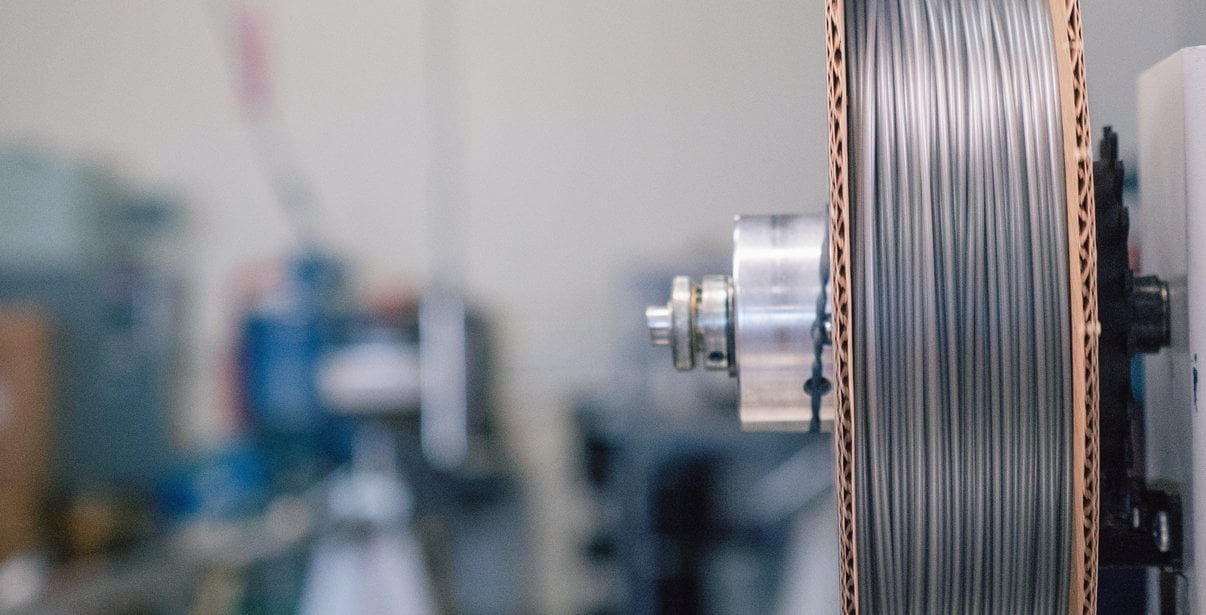
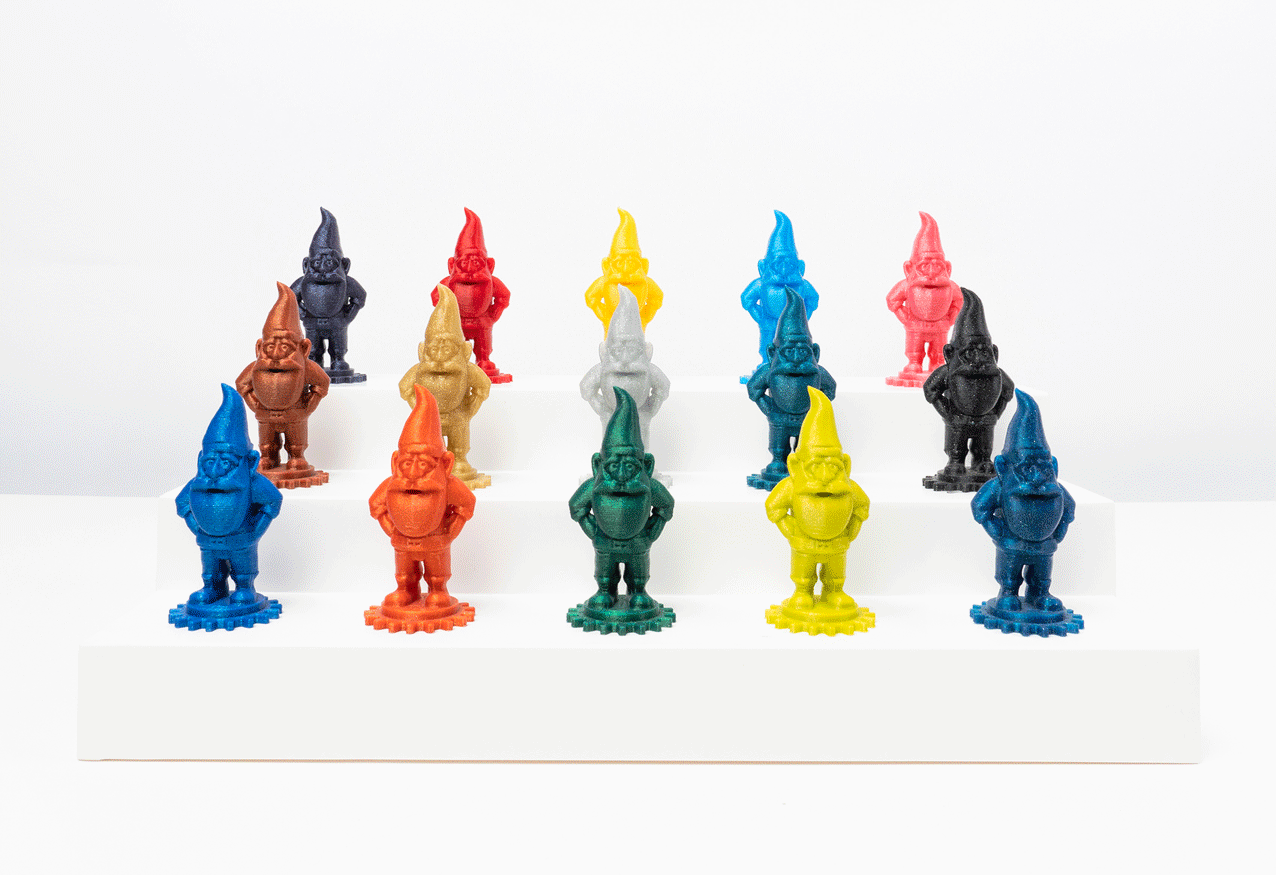
Now with improved layer adhesion, increased resilience to break, higher melt flow, and, in general, greater consistency for more trouble-free, higher performance printing experience!
Have you ever wanted to create something with your 3D printer that includes electronics?
Maybe an LED, touch sensor, or some other genius invention to solve the world’s problems?
Then Protopasta Conductive PLA is the perfect material for you!
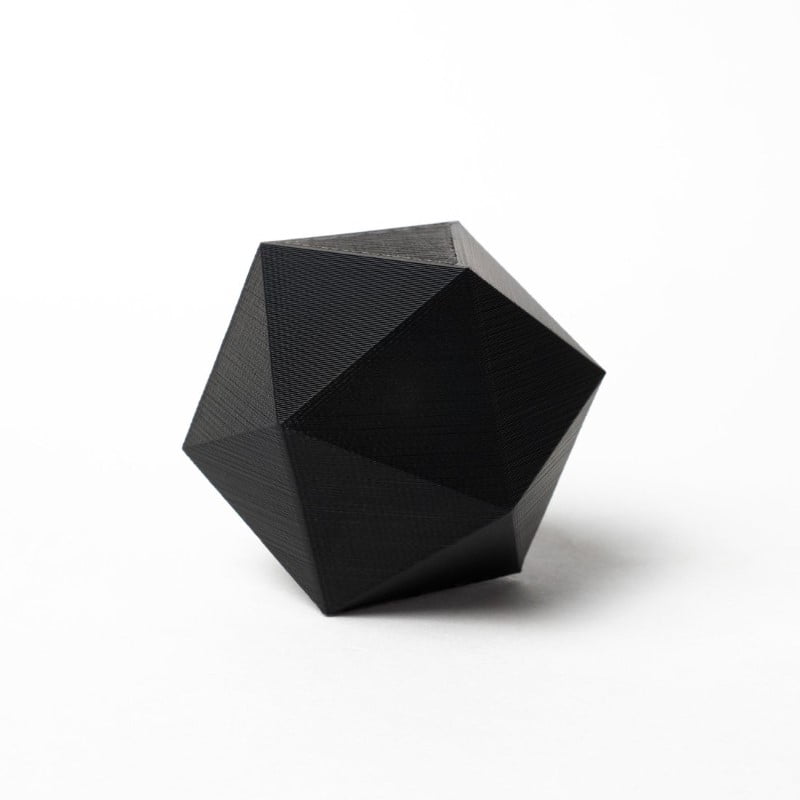
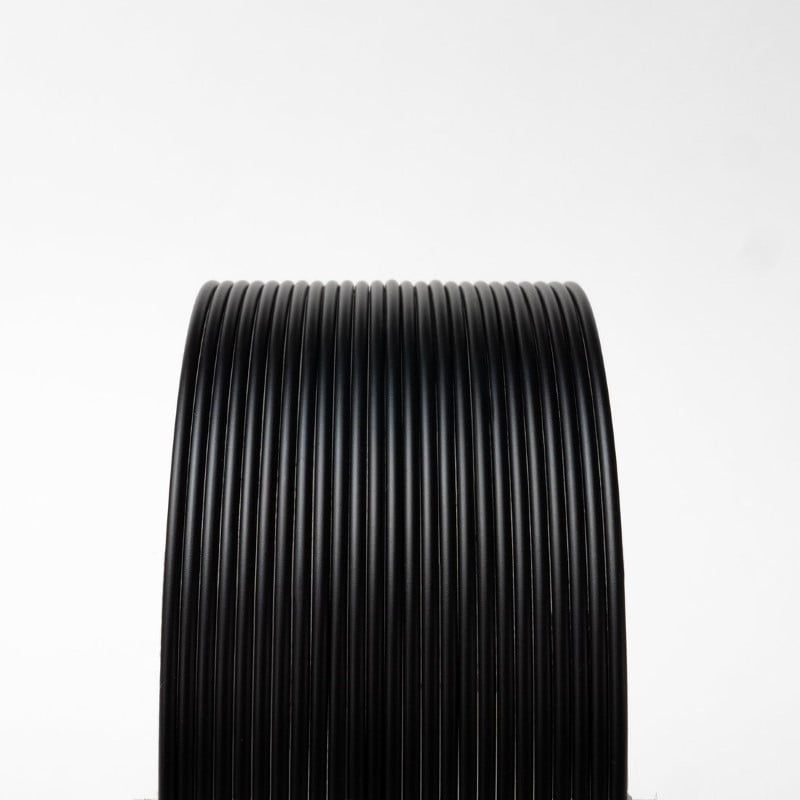
Here is a link to some projects:
http://www.thingiverse.com/AL3xD/collections/conductive
And the original kickstarter:
http://www.kickstarter.com/projects/1375236253/electrically-conductive-pla-3d-printer-filament
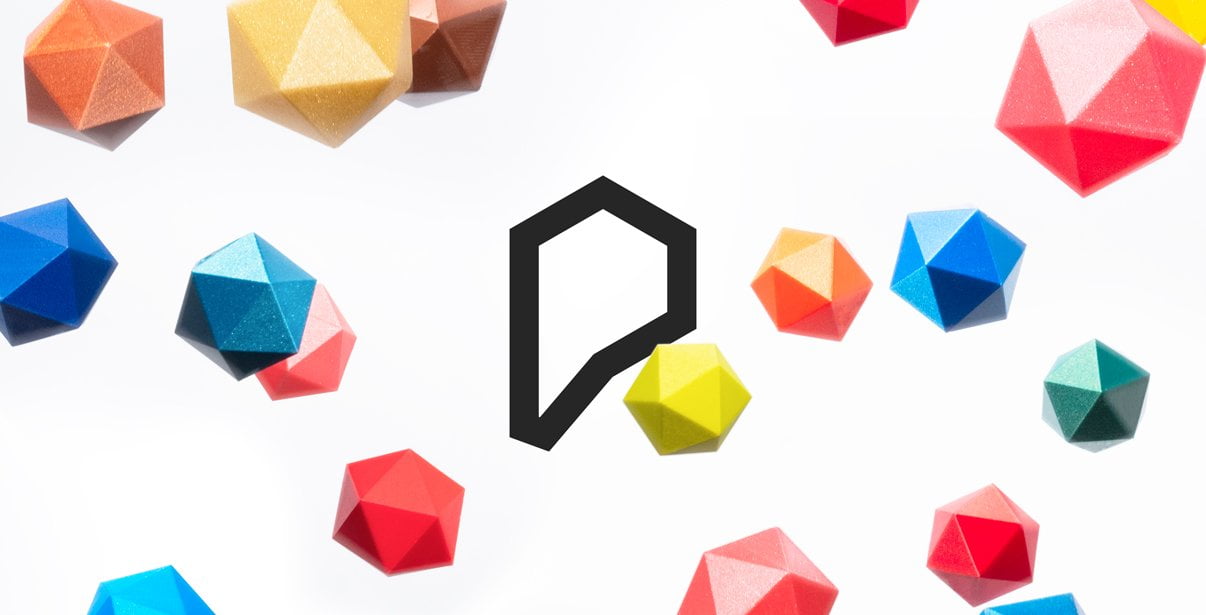
We've created this page to bring you a premium PLA and HTPLA printing experience that rivals our premium material. Follow below to improve your 3D printing experience. In other words, here's your shortcut to awesomeness with pasta. If at the end of this document you have questions or need assistance, please contact us at [email protected].
Loose coils can be very tricky to manage. Going cowboy on your spool handling can quickly end up in a frustrating, tangled mess. Keep your loose coils wrangled with a spool holder like masterspool for a more trouble-free experience. Find out more about loose coil handling in Keith's blog post.
And for spooled filament, never let go of the loose end. When not in the printer extruder, tuck it away in the cardboard spool's corrugation! Also, avoid sharp bends and excessive force when loading filament into your printer.
At Proto-pasta, we make high quality filament. We aspire to make exceptional results easy, but a positive result is very much dependent on your hardware, set-up, adjustments, and process parameters. Matching hardware with process and material for a positive experience is not always straight-forward, but you can start by pairing the following settings with your printer for a good starting point, then tune or troubleshoot as required.
Volume flow rate together with temperature dictates how melted the material is. This is hardware & condition dependent based on hot end, nozzle & extruder type, material & manufacturer as well as layer fan type, position & settings. Extrusion width, layer thickness & speed changes affect volume flow which may change required/desired temperature.
Post your prints & tag us @Proto_pasta on Twitter and Instagram. Need more help? Consider typical pitfalls and fixes below.
We visited Joel and ended up with a helpful video on the subject:
Have you ever wanted to create something with your 3D printer that includes electronics? Maybe an LED, touch sensor, or some other genius invention to solve the world’s problems? Then Protopasta Conductive PLA is the perfect material for you.
How Conductive Is It?
The measure normally used to characterize a conductor is “volume resistivity” with the units of Ohm-cm. This can be confusing because it is not obvious what it means like “miles per hour.” It is simply the resistance through a 1cm X 1cm X 1cm cube of material, with full sheet contact at 2 opposing surfaces. It is often misprinted as ohm/cm which is not a common unit of measure.
We measured the conductivity using a fixture we machined that clamps a sample between 2 sheet conductors and 1cm cubes printed on a Printrbot Simple Metal and machined from solid resin. Here are the results:
Link to original kickstarter for more information:
http://www.kickstarter.com/projects/1375236253/electrically-conductive-pla-3d-printer-filament
Suggested Applications
Protopasta Conductive PLA is a great choice for low-voltage circuitry applications, touch sensor projects, and using prints to interact with touch screens (which require low conductivity, that's why you can't use your smart phone screen with gloves on). As a general rule, anything you can run through a 1K resistor should be doable with our material (if you design the conductors to be the right size). This will easily run a low current Arduino, if you are not powering much with it. Also, experiment with ESD or 3D printed bearings!
Here is a link to some projects:
http://www.thingiverse.com/AL3xD/collections/conductive
What is it made out of?
Protopasta Conductive PLA is a compound of Natureworks 4043D PLA, a dispersant and conductive carbon black. In filament form, it is quite flexible, and is compatable with any PLA printing printer.
Strength and Performance
We have not done substantial mechanical testing on this product but have some subjective parameters that should be useful in comparing this material with others:
Print Settings
Protopasta Conductive PLA is quite easy to print and is compatible with most printers that can print PLA.
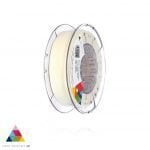
Para uma correcta manutenção da sua impressora 3D, recomendamos sempre que trocar de material de filamento 3D, a efectuar uma purga com filamento especial de limpeza.
Desta forma garante que não ficam vestígios de material nas paredes do nozzle, evitando o acumular de crosta que é criado sempre que efectua trocas de material.
Com este produto evita problema como "clogs" e "jams" e fará com que o seu nozzle mantenha-se sempre limpo, durando muito mais tempo.
Poderá encontrar a partir de 1.49€ no seguinte LINK
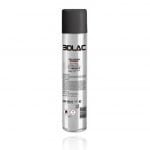
Para obter maior aderência à superfície da sua impressora 3D recomendamos a aplicar 3DLAC na base da plataforma.
Poderá encontrar no seguinte LINK

Este material é altamente higroscópico, absorvendo rapidamente a humidade do ar passados poucos minutos após aberto, impossibilitando desta forma a correcta impressão 3D do mesmo. O resultado das impressões 3D de materiais com humidade tendem a ser frágeis e de acabamento irregular ou em certos casos, torna-se simplesmente impossíveis de imprimir.
Deverá de usar soluções de caixas fechadas com dessecante como sílica ou caixas próprias secadoras de filamento.
Poderá encontrar no seguinte LINK
Download:
Technical and Safety Data Sheet
50g- Rolo
PLA Black ( Electrically Conductive Composite ) - Cor
1.75mm (+-0.05mm) - Espessura / Tolerância de diâmetro
Moderado - Facilidade de Impressão
Only logged in customers who have purchased this product may leave a review.
| Peso | 0.15 kg |
|---|---|
| Marca | |
| Características | Condutor de eletricidade, Fibras (Carbono e outras), Sem brilho (Mate / Pastel) |
| Cor | Preto |
| Peso | Amostra, 50 g |
| Diâmetro do Filamento 3D | 1.75 mm |
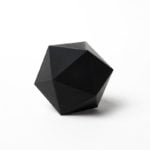
9.57 €